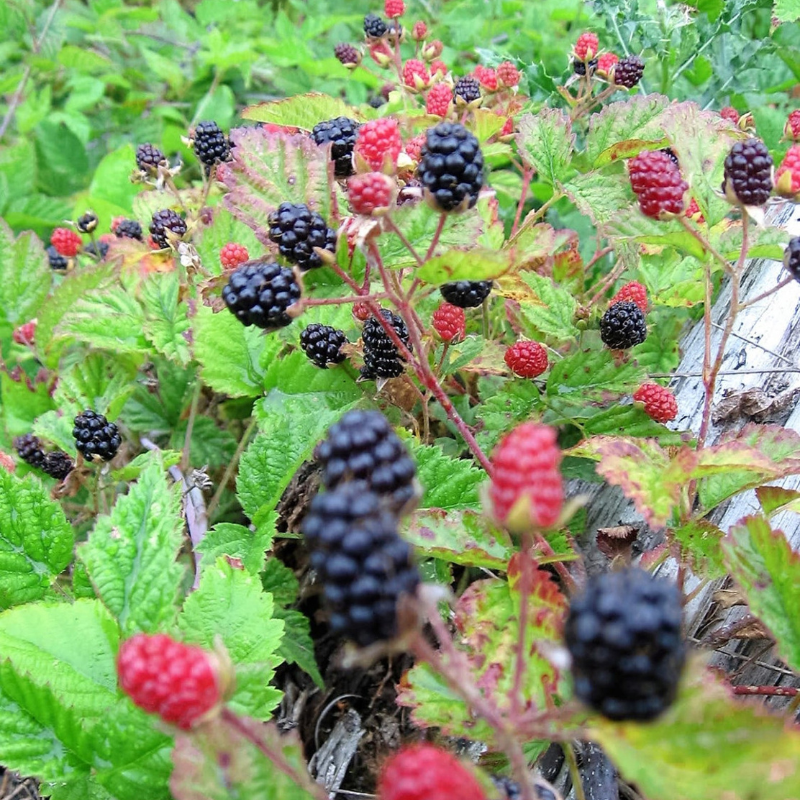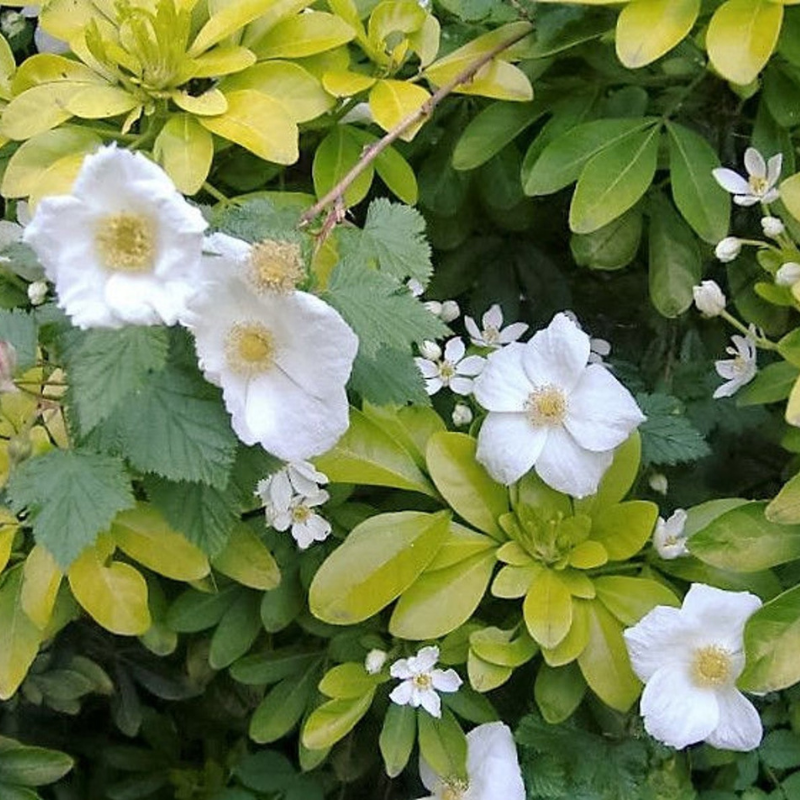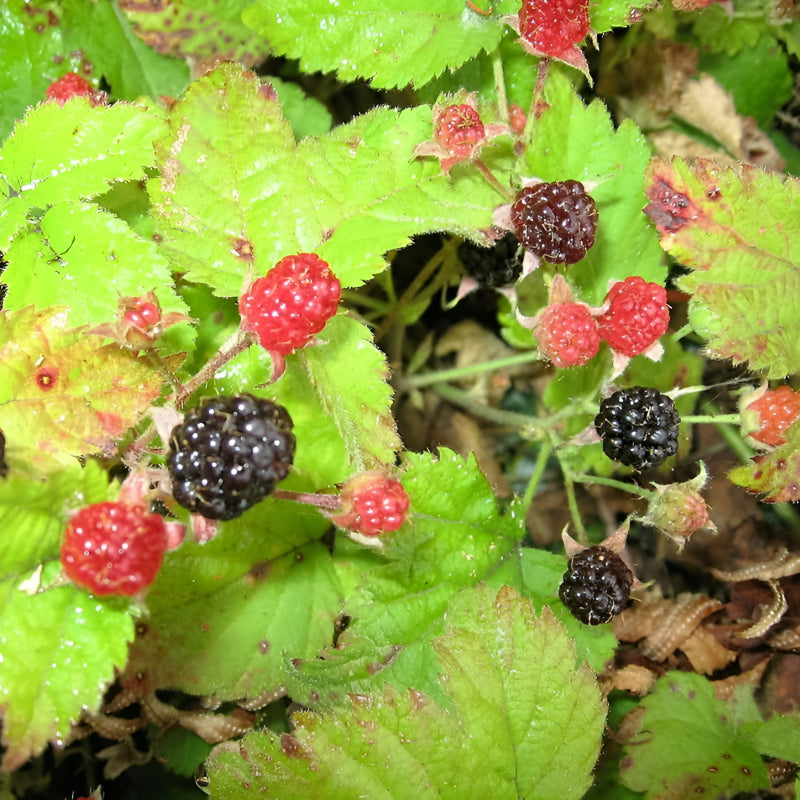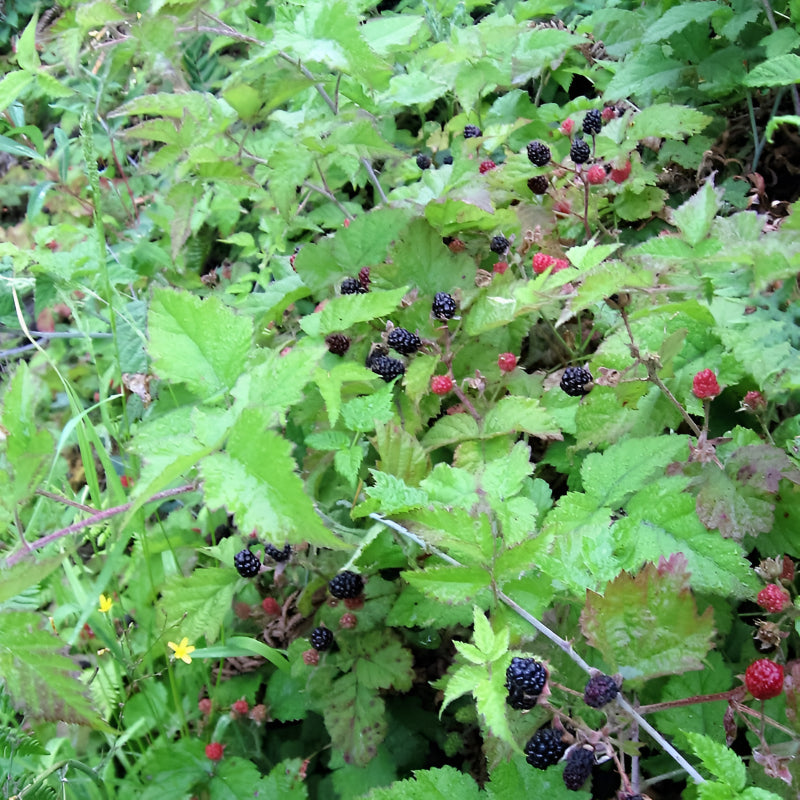- Historical context: Trailing blackberries, also known as Rubus ursinus, are native to North America and have been used by indigenous peoples for centuries.
- Geographical origination: These blackberries are native to the Pacific Northwest region of the United States, including areas of California, Oregon, and Washington.
- Relevant cultural significance: Trailing blackberries have been a staple in the diets of Native American tribes and were also used for medicinal purposes.
- Time period of discovery: The exact time of discovery is not well-documented, but they have been known and utilized by indigenous peoples for thousands of years.
- Original habitat: They typically grow in forested areas, along riverbanks, and in open fields with well-drained soil.
- Notable historical uses: Historically, trailing blackberries were used for making jams, jellies, and wines. The leaves were also used to make teas for medicinal purposes.
- Ideal temperature range: Trailing blackberries thrive in temperatures between 60°F to 75°F (15°C to 24°C).
- Soil type: They prefer well-drained, loamy soil with a pH between 5.5 and 7.0.
- Sunlight requirements: Full sun is ideal for optimal fruit production, but they can tolerate partial shade.
- Watering needs: Regular watering is essential, especially during dry periods. Ensure the soil remains moist but not waterlogged.
- Planting season: The best time to plant trailing blackberry seeds is in early spring after the last frost.
- Germination time: Seeds typically germinate within 3 to 4 weeks under optimal conditions.
- Growth cycle duration: Trailing blackberries usually take about 2 to 3 years to produce fruit after planting.
- Common pests and diseases: Common pests include aphids, spider mites, and Japanese beetles. Diseases such as anthracnose, powdery mildew, and root rot can also affect the plants.
- Companion planting advice: Good companion plants include marigolds, nasturtiums, and garlic, which can help deter pests.
- Common challenges and solutions: Challenges include managing pests and diseases, ensuring proper drainage, and preventing overgrowth. Regular pruning and monitoring for signs of disease can help mitigate these issues.
- Nutritional values: Blackberries are rich in vitamins C and K, fiber, and antioxidants.
- Health benefits: They can help boost the immune system, improve digestive health, and reduce inflammation.
- Culinary uses: Trailing blackberries are used in a variety of dishes, including pies, jams, jellies, and smoothies.
- Medicinal uses: Historically, blackberry leaves were used to treat digestive issues and sore throats. The fruit itself is also believed to have anti-inflammatory properties.
- Other unique advantages: Trailing blackberries can be used to create natural dyes, and their dense growth can help prevent soil erosion.












